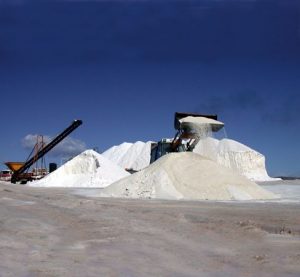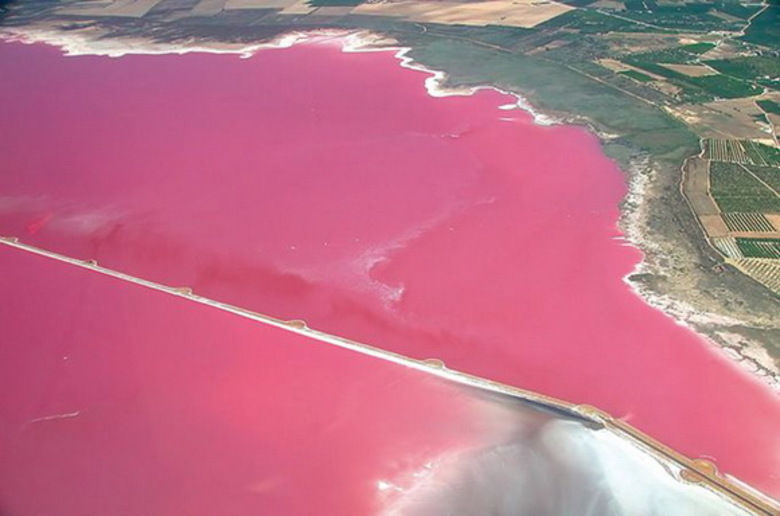The Alicante coast has one of the diversity of habitats and higher species of the peninsular coast. This is due to its diversity, with cliffs of all kinds and sandy coasts, from the attractive cliffs of the Marina Alta, to the dunes of the south coast of Alicante.
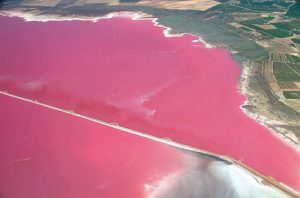
Trails of the salt, travels through the history, landscapes, customs and people of the province of Alicante, using as a common thread one of the most important economic activities that Alicante has had and has, the extraction of salt. There are seven localities in Alicante, which at some time in the past or still today have facilities for the extraction of this essential element in our lives.
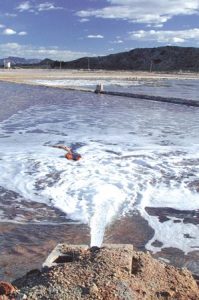
Not in vain life arose in the sea; our body needs it to stay alive and thanks to it man has been able to expand throughout the world, using it to conserve food. Like gold or oil, salt has been coveted throughout history by all peoples, being responsible for wars and even the fall of empires. Today we still use words like «salary» to refer to salaries, remembering when literally paid with salt.
We must not forget that:
• Most salt mines are privately owned.
• We must avoid inconvenience to the personnel who are working and follow their instructions.
• Never throw stones or other objects at the pools where the salt crystallizes, as these must be removed before collection so as not to affect the quality of the final product, and may even damage the machinery used.
• Many of the plants are protected or very scarce and valuable, although most do not look beautiful, since they are the only ones capable of colonizing saline soils and should not be started.
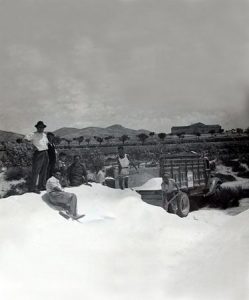
The importance as a producer of the province of Alicante, since always, is highlighted in the many farms scattered throughout its geography. Their number was even greater in the past as the difficulties in transport gave rise to small uses, of which we know very little today. We speak of small farms destined to supply the local markets, and so we have news of salt mines in Orihuela, Albatera, Novelda, Sax, Monovar, Orito or Jávea.
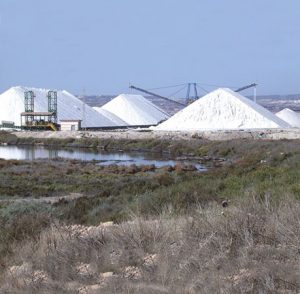
The evolution of the market has favored the largest farms, making small establishments unprofitable. Such is the case of the ‘Salina de Calpe’, ‘Agua Amarga’, between Alicante and Elche or the ‘Salinas de Múrtulas’, in Santa Pola, all of them maritime saltworks. Special mention should be made of the case of the disappeared ‘Laguna de Salinas’, whose extinction is explained only by the exhaustion of its copious springs. In spite of everything, Alicante can feel proud today to produce all the salt of the Valencian Community, being the main producing region of Spain and one of the most important in Europe. It is also a unique case, as it coincides with the exploitation of the three possible sources of salt: rock salt in Pinoso, brackish springs in Villena and salt pans in Santa Pola, and even «mixed» farms such as Torrevieja.
